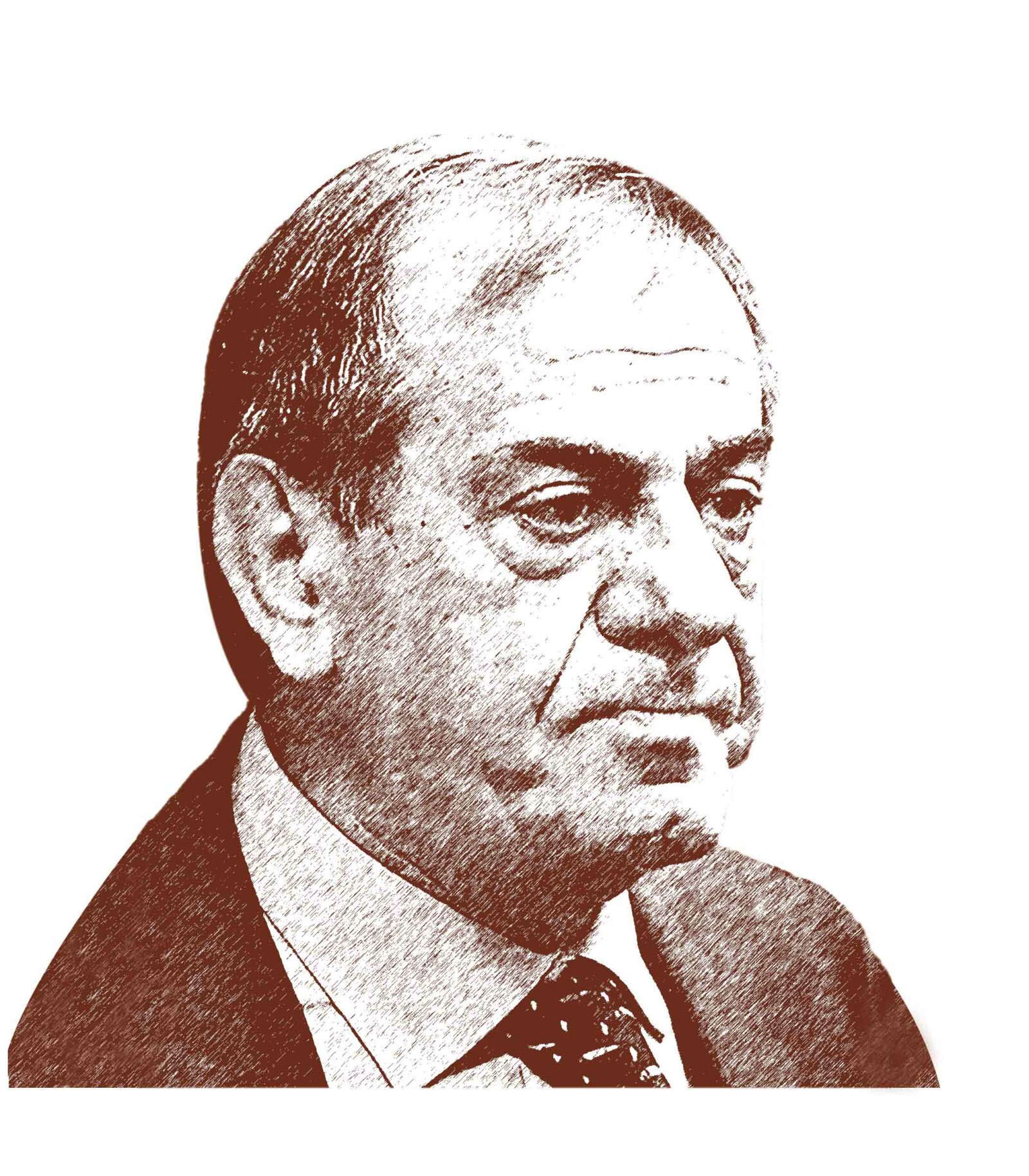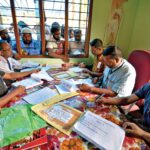In the 1980s, an entire generation, or possibly two, read avidly about Mr Q, a Sicilian-Italian who was publicly known, but there was a huge ring of mystery around his character, network, and antecedent. Ottavio Quattrocchi was the regional director of a Milan-based multinational, Snamprogetti. But, during that period, he could get ministers transferred, had unrestricted access to the Prime Minister’s Office and residence, and could swing lucrative business deals in areas such as energy and fertiliser.
V.P. Singh claimed that his relations with Prime Minister Rajiv initially soured when he, as the finance minister, opposed Snamprogetti-led group as the contractor in GAIL’s HBJ gas pipeline. Arun Nehru fell out of favour with his nephew (Rajiv) because he batted for the rival French consortium in the pipeline deal. One of the ministers kept Q waiting outside his office because he was in a meeting with a state’s chief minister. Within days, he was merely an MP, a parliamentarian without any portfolio. Snamprogetti was sarcastically referred to as Scamprogetti in journalistic circles.
Q’s power stemmed from his friendship with the Gandhi family –Rajiv and his Italian wife, Sonia. The two Italian families knew each other before Q came to India in 1964, or before Sonia married Rajiv in 1968. Sonia’s parents stayed at Q’s house when they visited New Delhi four-five times a year. His wife, Maria, took them out for shopping. The Italian couple met the Gandhi family several times a week, when Rajiv was the PM (1984-89). Sonia’s children regularly spent the nights at Q’s house. One of Q’s daughters, Anna Maria Priyanka Quattrocchi, was named after Sonia’s daughter, Priyanka.
However, Q was initially known in select and elite political, business, and social circles. His name became a matter of national and international interest once it was revealed that he was one of the beneficiaries of the Rs 64-crore bribe paid in the Bofors gun deal, which cost Rajiv the 1989 national election. Despite the growing evidence, the Indian sleuths were unable to arrest Q, who fled to Malaysia in 1993, and died two decades later. In 2007, he was detained in Argentina, but his extradition to India was rejected.
Sadly, over the years, cobwebs of memories clouded Q’s exploits and scandals. Various myths grew around his personality, some of which were regarded as the truth, even by those who knew and met him. Given the fact that he was reviled, supported, criticised, and demonised by the politicians, media, and courts, a number of falsehoods and partial truths got embedded with his real story. This piece is an attempt to deconstruct the existing Q so that one can reconstruct the original Ottavio Quattrocchi.
Myth # 1: Q’s power grew after Rajiv became PM
At best, this is partially true. The ascent to power began during the Emergency, when Indira Gandhi’s ‘Kitchen Cabinet’, and her younger son, Sanjay, ruled the roost. In 1975 and 1976, Snamprogetti, the Italian MNC he represented, bagged the contracts for five large plants to make urea fertiliser. The trajectory took a steep upward incline when Indira came back to power in 1980. She overturned the previous Janata Party’s decision, and awarded Thai-Vaishet fertiliser project to Snamprogetti.
In 1975 and 1976, Snamprogetti, the Italian MNC Quattrocchi represented, bagged the contracts for five large plants to make urea fertiliser. The trajectory took a steep upward incline when Indira came back to power in 1980. She overturned the previous Janata Party’s decision, and awarded Thai-Vaishet fertiliser project to Snamprogetti
In 1981, Indira announced that all the future urea projects – and dozens were planned to be built along the proposed HBJ (Hazira-Bijaipur-Jagdishpur) gas pipeline – would use the Italian company’s technology. In his memoirs, Mahesh Prasad, a senior retired civil servant, wrote that while was negotiating a deal for a private-public urea venture, “a written communication had been received from the Centre that since so many urea fertiliser projects were coming in the county, the Government of India had standardised Snamprogetti technology for urea and Halder Topsoe for ammonia, the licence for Halder Topsoe’s ammonia technology also being held by Snamprogetti”.
This was a coup for Quattrocchi because it meant billions of dollars in revenues since now his company had a better chance to get the EPC (engineering-procurement-construction) deals for these plants. The route to overriding success was cleared by Indira Gandhi, and not her son, Rajiv. Between 1981 and 1984, Snamprogetti got the deals for 11 urea plants (some of them were part of larger projects, and four ammonia units for state-owned entities such as Rashtriya Chemical, IFFCO, National Fertiliser, and Kribhco.
Obviously, after Rajiv came to power in 1984, after his mother’s assassination, Q’s power and fortunes took off into the stratosphere. Not only did the Snam-Topsoe combine win more urea and ammonia projects, both in the public and private sector, Snamprogetti expanded into other sectors. For example, in 1986, it bagged the ONGC’s offshore platform at South Bassein, and its gas lift pipeline network at Bombay High in 1990. During the 1990s, before Q ran away from the country, Snamprogetti diversified into petrochemicals.
Despite the clout, the biggest prize eluded Q, and that too when Rajiv was the PM. This was the contract for the prestigious HBJ pipeline itself. It was ironical – the urea and ammonia plants based on the gas from this pipeline went to Snamprogetti, but not the pipeline deal.
According to a media report, the 1,700-km pipeline was to ferry gas from Bombay High, and travel through the states of Gujarat, Madhya Pradesh, Rajasthan, and Uttar Pradesh. Three parties, French Spie-Capag, Snamprogetti, and a Japanese firm were shortlisted.
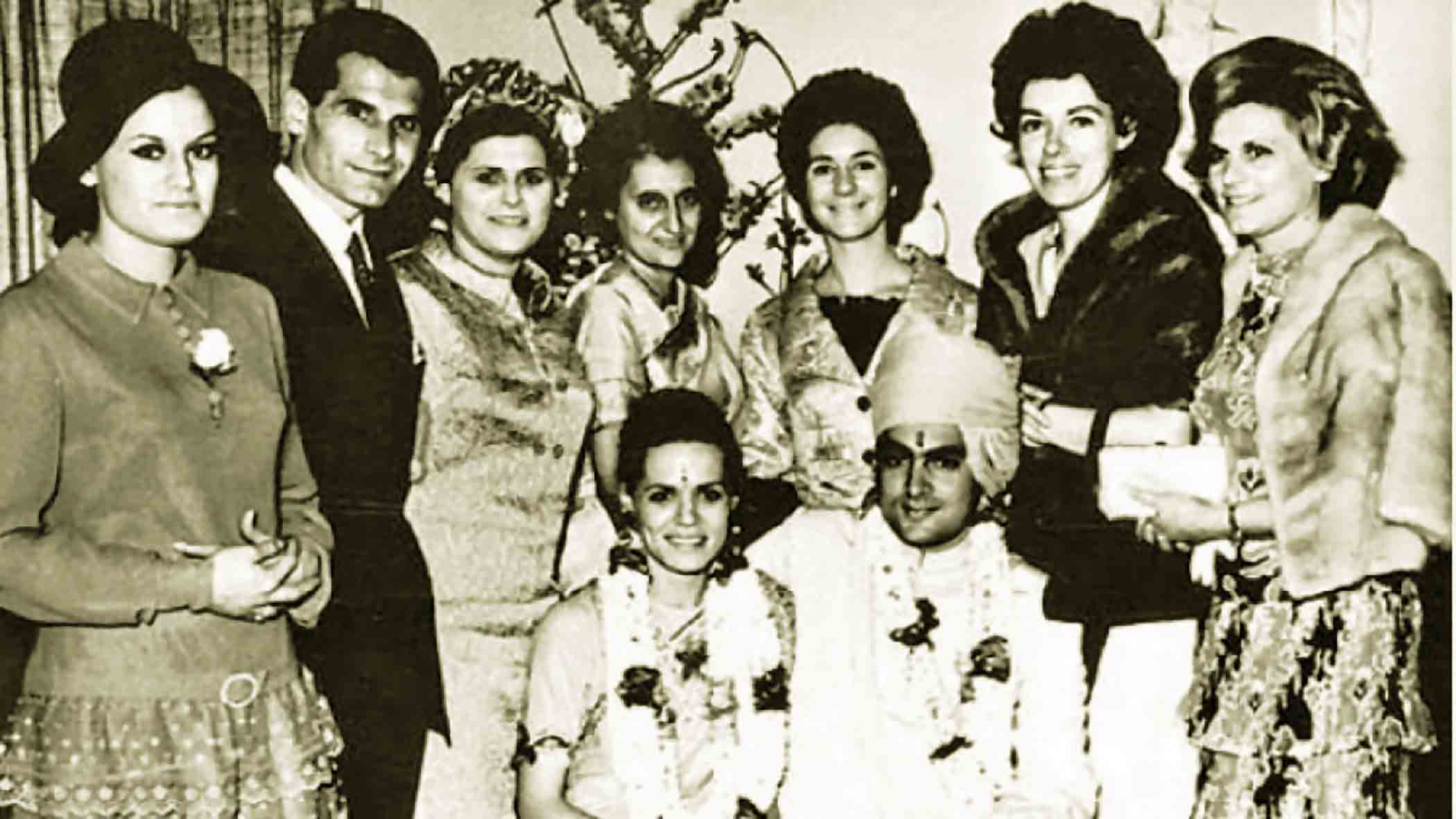
The French emerged as the frontrunner as its bid was the lowest. Snam was at the No. 2 position. Q lobbied to get the other two competitors disqualified on technical grounds. When this failed, he pressurised the government to appoint a committee to review the decision to award the deal to the French. The committee upheld the original award. Rajiv was furious with V.P. Singh and Arun Nehru, who too supported the French bid. He was aghast that his cabinet ministers and family acted against Snamprogetti.
Myth # 2: Q was the beneficiary in Bofors
This too is partially true. It is true that AE Services, which was linked to Q, received over $7 million in the Bofors deal. But the amount was much less than what the Bofors Indian agent, Win Chadha, got—$27 million. It seems that Q was only a conduit; his money was to be passed on to select public servants, allegedly to the Rajiv-Sonia family. Hence, he probably had nothing to do with deal—Bofors was selected because of the personal relations between India’s PM, Rajiv, and his Swedish counterpart, Olof Palme.
Obviously, Q was a master of the shadowy world of bribes, and global transfer of illicit funds. This was one of the skills of a quintessential deal-maker, who has to use financial muscle to get the politicians and civil servants on his wavelength. SK Jain of the Jain-Hawala scandal fame claimed that he knew Q, who had helped him to bag an Indian contract for a Swedish consortium, Scanska, which included the world-famous ABB. Jain alleged that while he got 3% commission, Q took a higher 7%.
More importantly, Jain told the Indian investigators that Quattrocchi introduced him to a Mumbai-based hawala trader, Amir Bhai. This implied that the Italian was adept at handling tainted money. “He had brought Amir Bhai to my office and introduced him to me saying that he could make payments to me in Indian currency. The Italian managed to carry out all these transactions without leaving a trace behind. No Indian intelligence agency had any inkling that the well-connected executive of the reputed company was also a power-broker,” explained Jain to the CBI.
Most people assume that Q’s clout was only visible in India. But the fact is that as Snamprogetti’s regional head, he managed to grab several projects in other countries. Experts reckon that Q’s success in the South and East Asia region, minus India, was as huge as it was in India
Myth # 3: Q avoided jail because of Congress
This is largely, but not completely, true. The fact that the Congress’ regimes went out of their way to keep Q out of jail is epitomised by a sequence of events related to a single incident. This was in 2007, when he was detained in Argentina, and Sonia was the puppet-master, who played with the strings of her puppet government, headed by Manmohan Singh. Despite the Interpol warrant against him, Q brazenly took an Alitalia flight from Italy to Buenos Aires because he wished to visit the famous Iguazu Falls.
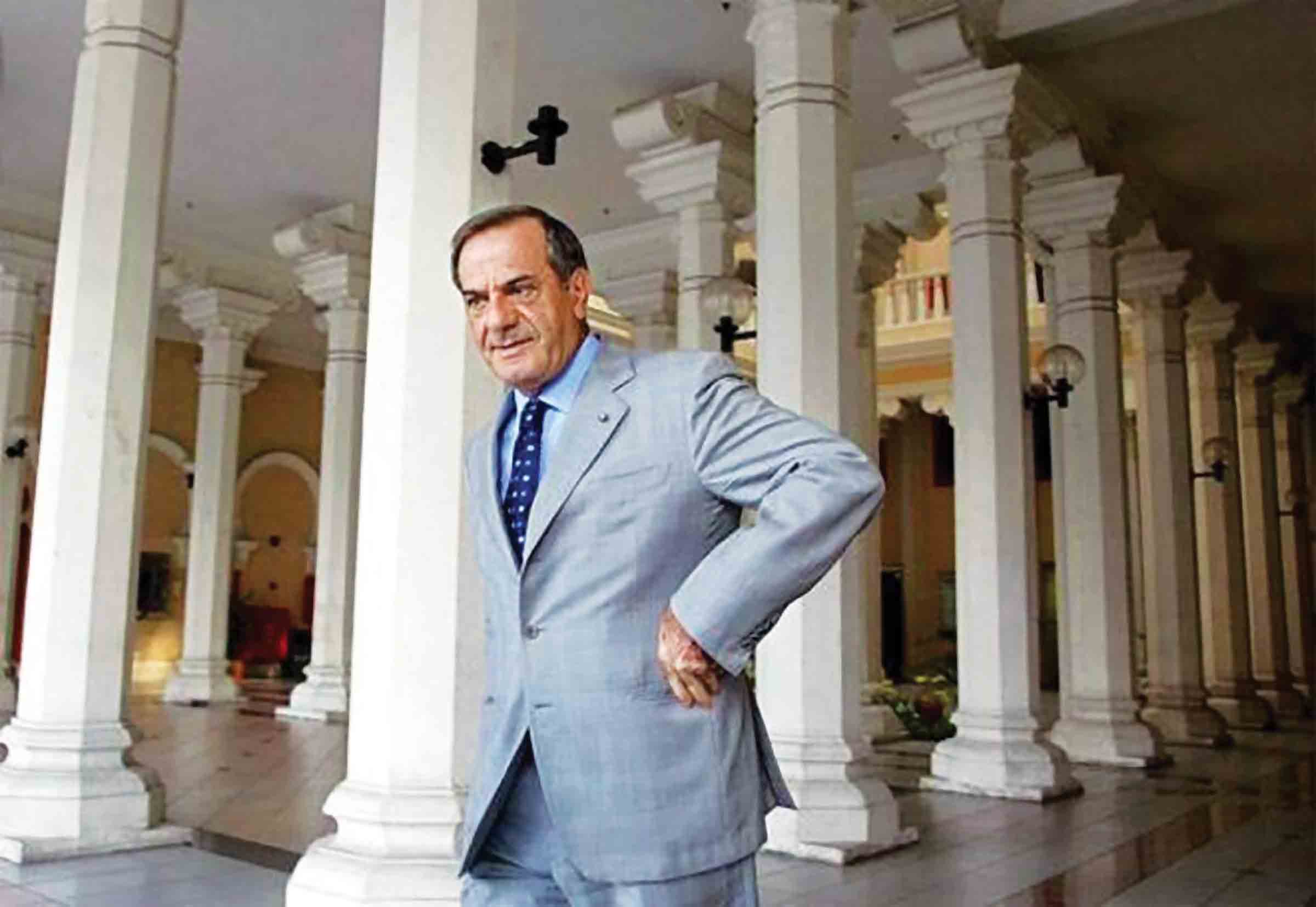
On February 6, 2007, he visits the neighbouring Brazil, but on his return is detained at the Iguazu airport. Within two days, the Interpol informs the CBI about it. But the UPA government stays mum; on February 13, in a case related to Q, the CBI says nothing about the detention to the Supreme Court. Only on February 23, 2007, does the bureau issue a press release about Q’s arrest. The timing is important because three days later, Q is released by the Argentina’s court on bail. It seemed as if the CBI acted only when it was too late to react, and when it was certain that Q will be freed.
On March 2, the CBI sends a two-man team to extradite Q to India. Five days later, a 250-page plea is submitted to the Argentina’s court. On June 8, the El Dorado court rejects India’s extradition request. Months later, after the appeal to this order failed, the real reasons for the failure were revealed. The Argentina’s court made several critical observations about the CBI, which indicated that the mistakes were possibly deliberate. The CBI submitted half-baked documents so that Q could walk free.
According to the Argentina’s court order, the following crucial points cropped up:
- The documents submitted by India did not meet the requirements of the Argentina’s laws and, hence, the extradition could not be sustained.
- The documents did not provide the pertinent legal ground to proceed with the extradition order.
- The main Indian document related to the actual crime, which gave rise to the arrest of Quattrocchi by the CBI, was not presented.
However, Congress’ supporters alleged that a similar thing happened when Q was arrested in Malaysia in December 2000, when the opposition NDA regime, which was headed by the late Atal Behari Vajpayee, was in power. Even then, India, which didn’t have an extradition treaty with Malaysia, failed to extradite him, and for almost the same reasons. In December 2002, two years later, the Malaysian High Court dismissed the Indian plea. This was after a session’s court reached a similar conclusion earlier.
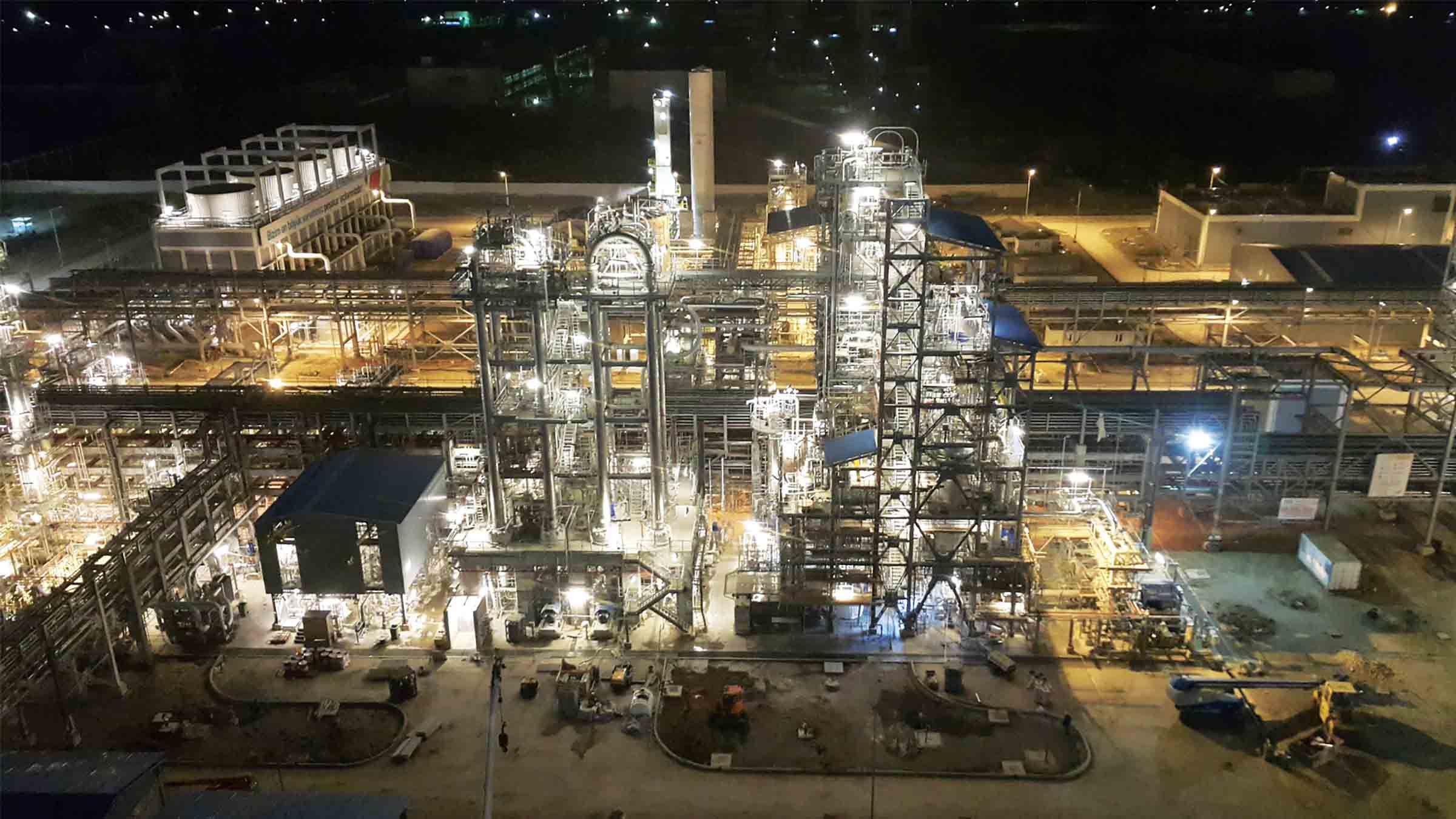
The High Court judge, Justice Augustine Paul, made the following points:
- The offence that Q is accused of should also be an offence in Malaysia in order to qualify as an extradition offence.
- There should enough evidence presented before the court to prove that the fugitive criminal is an accused person in India.
- It cannot be fair to find out later, after the extradition was cleared, that the person is only a suspect in a case, and not an accused.
- For almost two years, India and Q had battled on the issue that there weren’t any specific charges against the Italian in the Indian case.
- While the Malaysian government had agreed to the extradition, Q challenged it in the courts, and got bail. After that he ran away to Italy.
Myth # 4: Q’s clout was limited to India
Given his proximity to the Rajiv-Sonia family, as well as Indira Gandhi, most people assume that Q’s clout was only visible in India. But the fact is that as Snamprogetti’s regional head, he managed to grab several projects in other countries. Experts reckon that Q’s success in the South and East Asia region, minus India, was as huge as it was in India. He knew the power brokers, wheeler-dealers, politicians, and go-to individuals in several nations. He won projects worth billions of dollars outside India.
Nothing epitomises this better than his business triumphs, when he ran away to Malaysia. According to a media report of those days, “Quattrocchi appears to have had the Midas touch even in Malaysia where he currently heads Snamprogetti’s Asia-Pacific Operations in Kuala Lumpur. In 1997-98 alone, he is reported to have clinched 17 petroleum and oil projects for Snamprogetti.” Hence, the power and clout of Q extended far away from the Indian shores. Over decades, he cultivated several crucial individuals.
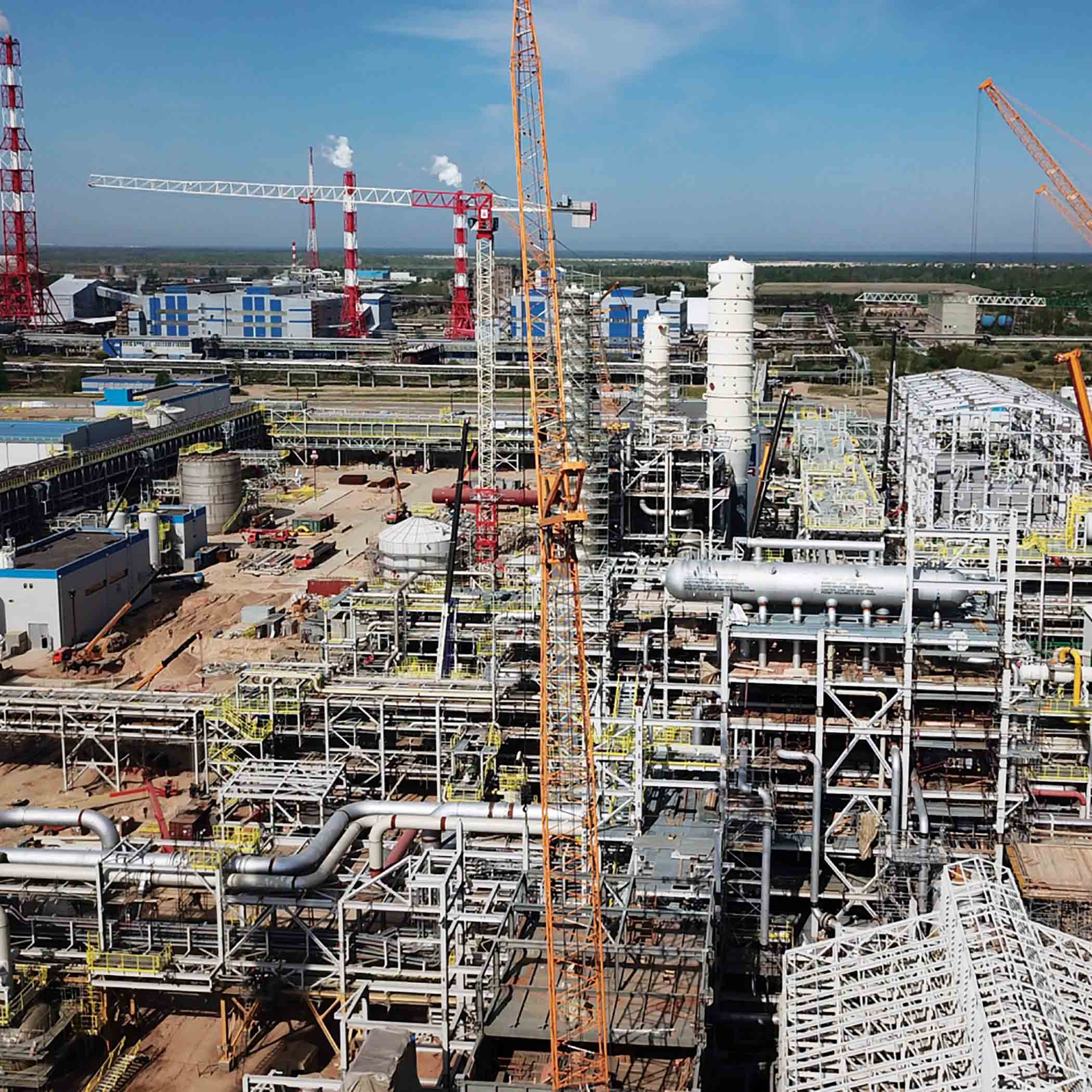
Even in the case of the Oman-India Fertiliser Project, which guaranteed urea supply to India for 20 years, Snamprogetti grabbed the EPC contract when the Third Front government, headed, by HD Dewe Gowda, was in power. In 1997, BJP’s Vajpayee, who was the head of the Opposition in Lok Sabha, asked for a revaluation and review of the project. When he became Prime Minister in 1998, it seemed inevitable that this would happen. Shockingly, according to a media report then, “What is surprising is that even after being raked up by the new government, the issue has been quickly laid to rest again.”
Success in the Oman-India deal indicated that not only did Q have influence across governments—Congress, Third Front and NDA—but that he could also charm the Oman politicians and officials. In fact, Oman was more enthusiastic about the involvement of Snamprogetti than India
First, the Oman minister for commerce and industry, Maqbool bin Ali bin Sultan, a vociferous supporter of the project, announced that “India will fulfil its commitments to the setting up of the urea fertiliser plant in Oman”. Later, the then fertiliser secretary, Anil Kumar, told the media, “There is no attempt to review either the bids or the project.” This was despite the several controversies that engulfed the contentious project for several years.
In 2002, media reports said that Technip-Coflexip and Snamprogetti “will supply engineering design, equipment and material, construction management, start-up supervision, and client personnel training” for
the project.
Success in the Oman-India deal indicated that not only did Q have influence across governments—Congress, Third Front and NDA—but that he could also charm the Oman politicians and officials. In fact, Oman was more enthusiastic about the involvement of Snamprogetti than India. Clearly, the influence of Quattrocchi was global. His Indian connections helped, but his mystique was worldwide, across several nations in Asia and Middle-East. He was the true representative in the field of power-broking and deal-making.


























































